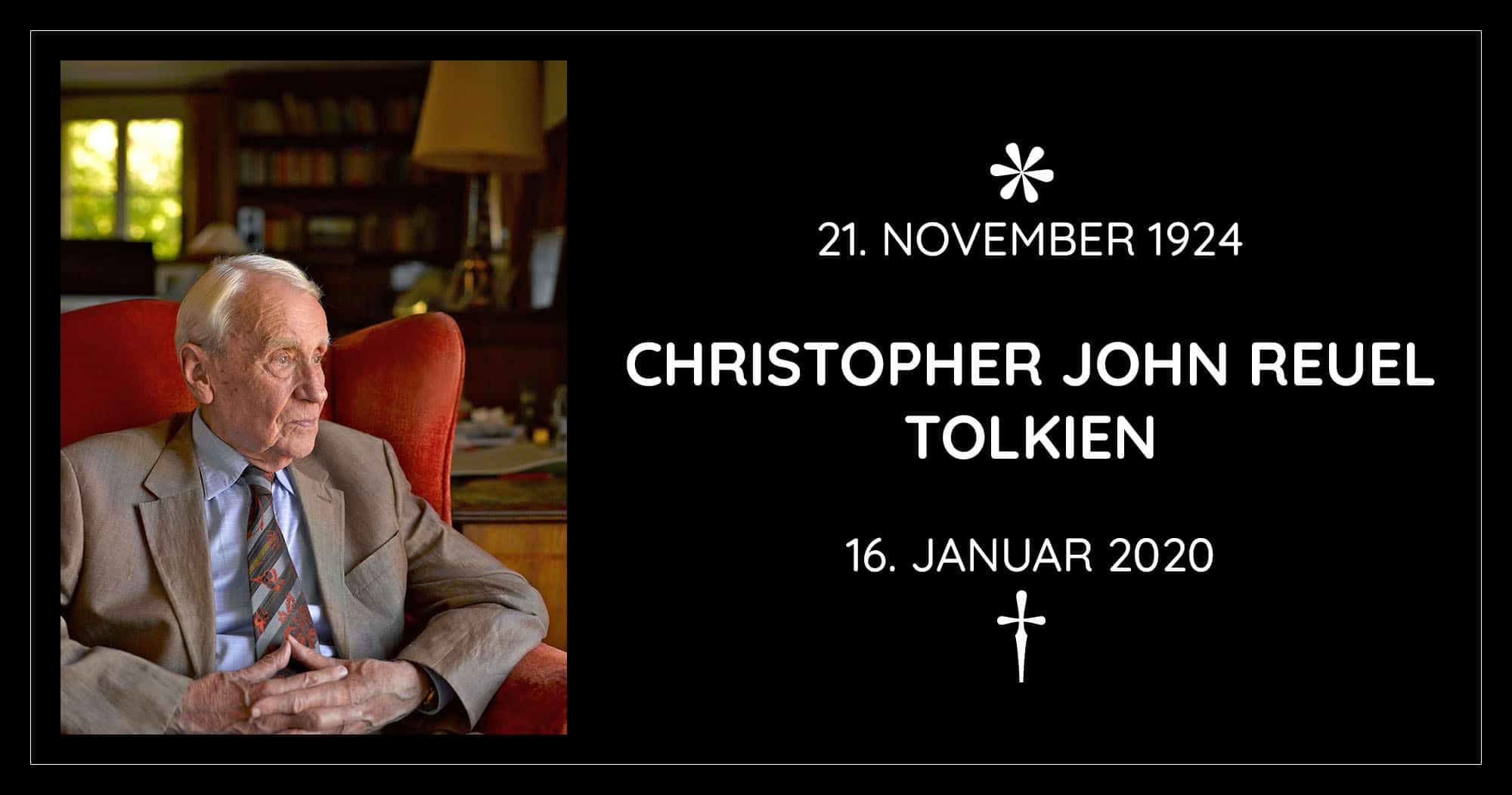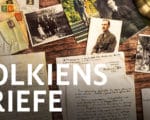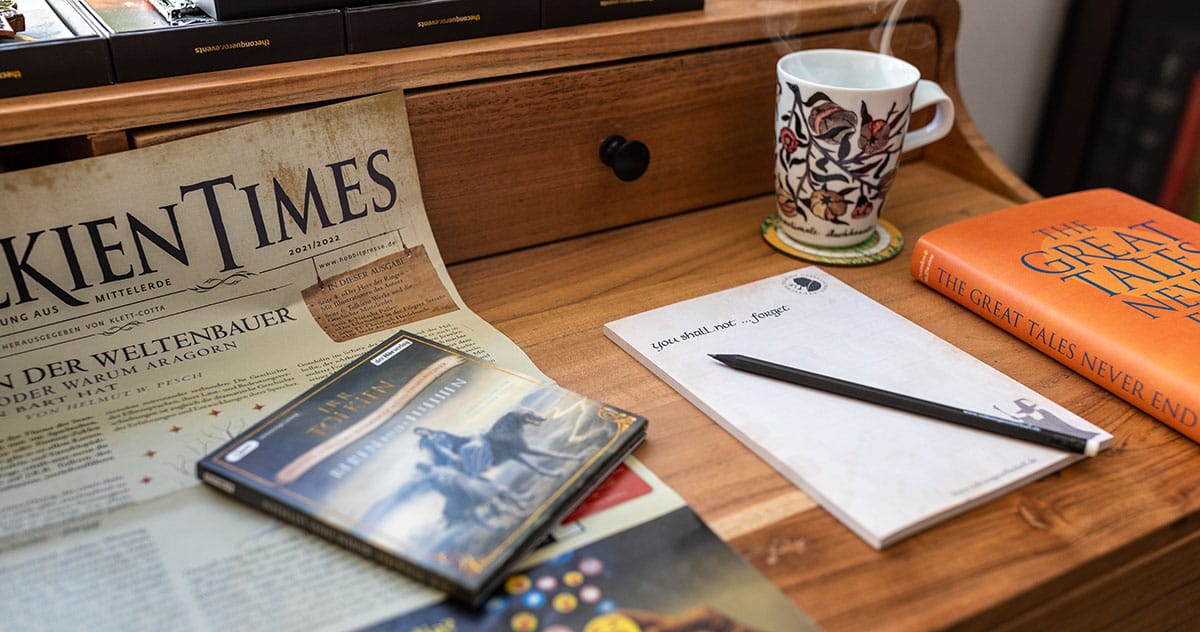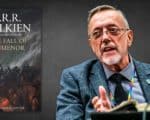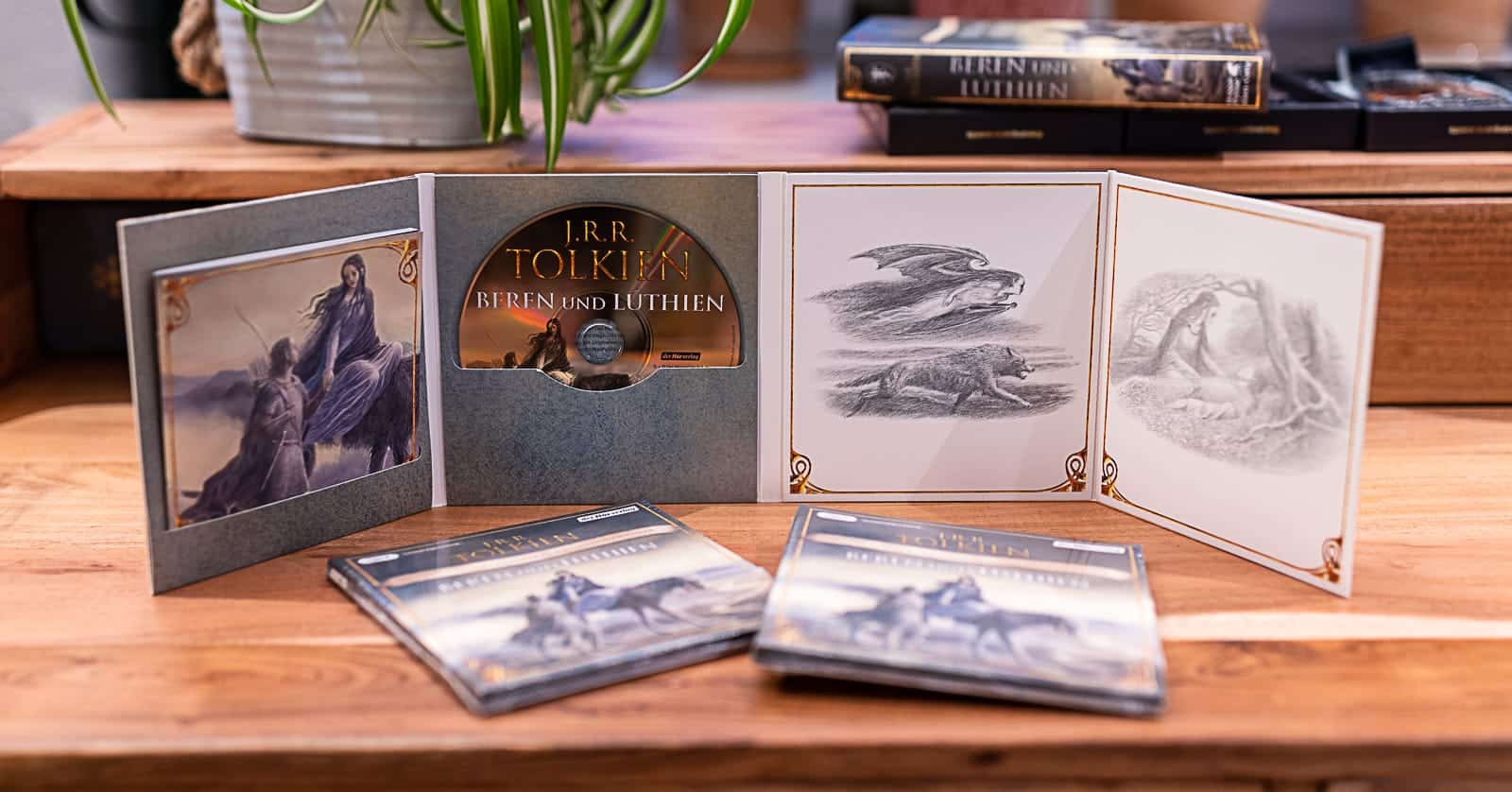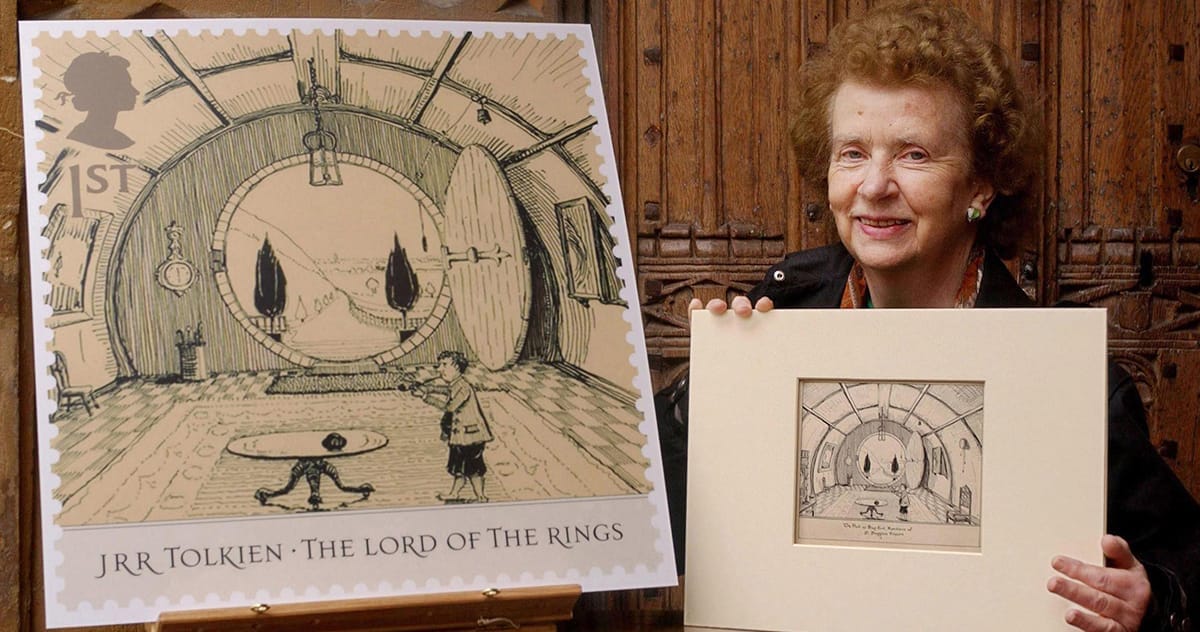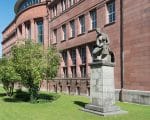“And then it seemed to him that […] the grey rain-curtain turned all to silver glass and was rolled back, and he beheld white shores and beyond them a far green country under a swift sunrise.” (J.R.R. Tolkien, The Return of the King, The Grey Havens)
Christopher Tolkien passed away on 16th January. He was the third son of J.R.R. Tolkien, his literary heir and executor. He published 24 books by Tolkien after the death of his father, including Tolkien’s life’s work, The Silmarillion. Without Christopher Tolkien’s tireless work, Middle-earth would be a great deal smaller. An obituary.
Childhood & Youth
Christopher John Reuel Tolkien was born in Leeds on 21st November 1924 as the third son of John Ronal Reuel and Edith Tolkien. He received his first name in honour of Christopher Wiseman, one of his father’s closest friends. He had two older brothers, John Francis Reuel (1917-2003) and Michael Hilary Reuel (1920-1984) and a younger sister, Priscilla Mary Anne Reuel (*1929). When Christopher was born, J.R.R. Tolkien was a lecturer in English at the University of Leeds. Christopher was particularly close to his father from an early age on. According to the biographer Humphrey Carpenter, Tolkien wrote in his diary after Christopher’s birth: “Now I would not go without what God has sent.”
In 1925, J.R.R. Tolkien became Rawlinson and Bosworth professor of Anglo-Saxon at Oxford and the family moved to his new place of work. In his childhood, Christopher had a great love for model trains. He attended first the Dragon School in Oxford and later the Oratory School near Reading. The children were especially excited, when their father told them his self invented stories. Christopher hung on his lips with particular suspense when J.R.R. Tolkien told stories about hobbits, elves and evil characters. Thus Christopher gained early insights into the vast Legendarium that had sprung from his father’s imagination. Some stories J.R.R. Tolkien even made up especially for his children, for example the one about the Hobbit Bilbo, who finds himself caught up in a great adventure.
In 1938, Christopher was diagnosed with a strange heart disease – he had to lie in bed for months. During this time, J.R.R. Tolkien took intensive care of his son, so that their relationship continued to grow. Tolkien wrote in his diary: “[The boy has turned into] a nervy, irritable, cross-grained, self-tormenting, cheeky person. Yet there is something intensely lovable about him, to me at any rate, from the very similarity between us.”
A Ring and the Second World War
After the great success of The Hobbit, J.R.R. Tolkien’s publishers wanted to know more about Hobbits and asked for a sequel. J.R.R. Tolkien started it in 1937 and it should take 12 years until The Lord of the Rings was completed. Christopher played an important role in the process, always helping his father and being the first critic to provide valuable feedback. He typed some chapters on the typewriter and, more importantly, drew the first maps of Middle-earth. These cards are still used today in The Lord of the Rings.
In 1943, during the Second World War, Christopher joined the Royal Air Force and, coincidentally, was stationed in South Africa, the country where his father was born. Over the next two years, numerous letters (more than 70 have survived) travelled back and forth between Christopher and his father. They prove how strongly Christopher was involved in the creation of The Lord of the Rings. J.R.R. Tolkien sent large parts from the Fourth Book of The Lord of the Rings to his son, and he gave his father valuable feedback on the course of history, but also pointed out small discrepancies, such as different moon phases within the same period of time. In the letters Tolkien also tells a lot about his daily life and about the work on The Lord of the Rings, so that today we have an almost complete picture of Tolkien’s life during this time. The letters were published in 1981 by Christopher and Humphrey Carpenter.
Study & academic career
After the end of the war, Christopher graduated in 1949 from Trinity College, Oxford, with a degree in English, which he had begun before the war. He followed in his father’s footsteps, with whom he shared not only an enthusiasm for Middle-earth, but also a love of ancient Germanic languages. After his studies he became a lecturer in Old and Middle English and Old Icelandic at Oxford University and published academic writings on Old Norse sagas and the works of Geoffrey Chaucer. Like his father, Charistopher made a name for himself as a philologist and medievalist. His B.Litt. Thesis includes, for example, an annotated edition and translation of the Old Norse Hervarar Saga.
In 1963 Christopher became a Fellow at New College, Oxford. Christopher now regularly attended meetings of the “Inklings”, the literary circle of friends around his father and C.S. Lewis. The other members felt that he could read from the evolving Lord of the Rings manuscript better than his father. Christopher was the last living member of the Inklings. In 1951, Christopher married Faith Faulconbridge and in 1959 their son Simon was born. The marriage was divorced in 1963. Christopher married his second wife Baillie Klass in 1967, with whom he has two children, Adam, born in 1969, and Rachel, born in 1971. Together with Baillie, Christopher published Letters from Father Christmas in 1976, letters that J.R.R. Tolkien had written and illustrated for his children between 1920 and 1943.
The Steward of Middle-earth
J.R.R. Tolkien died on 2nd September 1973. He had worked on Middle-earth all his life and its myths and legends, producing far more material than had been published in The Hobbit and The Lord of the Rings. What was to happen to all the manuscripts, notebooks, papers and notes that J.R.R. Tolkien had left unfinished? Would The Silmarillion, for which Tolkien had warmed up his publisher after several attempts and which he had promised fans again and again, ever be published? Who would have been better suited to dedicate himself to the huge estate than Tolkien’s old assistant and comrade-in-arms: his son Christopher. Christopher spent the next 45 years doing what we are so grateful to him for today: the meticulous management and meticulous editing of Tolkien’s Legendary Book. He became the Steward of Middle-earth. Just as the Steward of Gondor had taken over the tasks of the King until his return, Christopher now shouldered the enormous task of “completing” Middle-earth. For this he even gave up his fellowship at Oxford in 1975.
In 1975 the first works from J.R.R. Tolkien’s estate were published: The Guide to the Names in The Lord of the Rings contains J.R.R. Tolkien’s notes for the translators of The Lord of the Rings. That same year he moved with his wife Baillie to the south of France, to a secluded estate near Drauguignan, surrounded by pine and olive trees. The international fuss about his father and the resulting interest of the fans was probably still very present in his mind when he decided to leave Oxford. With him moved 70 boxes of his father’s unpublished writings. In 1977, probably the most important work Christopher edited was published: The Silmarillion. In this “Genesis of Middle-earth” Christopher summarized those versions of stories which he assumed his father had considered to be definitive.
In 1980 The Unfinished Tales of Númenor and Middle-earth was published with further versions and stories. From 1983 to 1996 The History of Middle-earth followed, a 12-volume series depicting the origin and development of Middle-earth and Tolkien’s works. In it, Christopher presents and comments on the stories of his father. With The Children of Húrin (2007), Beren and Lúthien (2017) and The Fall of Gondolin (2018) he completed the last independent stories from The Silmarillion. In the preface to The Fall of Gondolin he announced that this would probably be his last publication. He had “threatened” this already in the preceding Beren and Lúthien, but this time he was right. But Christopher also worked on his father’s scientific works. His writings Sir Gawain and the Green Knight, Pearl and Sir Orfeo (1975) and Beowulf (2014) are translations by Tolkien from Middle and Old English. The Legend of Sigurd and Gudrun (2009) and The Fall of Arthur (2013) are poetic adaptations by Tolkien based on old material. J.R.R. Tolkien’s essays Beowulf: The Moster and the Critics and On Fairy-Stories are still groundbreaking for his subject and were published in 1983.
Christopher was not only editor and publisher, but as the chairman of the Tolkien Estate, he also took care of the financial and legal aspects of his father’s estate. He retired from this position in 2017. It is reasonable to assume that by arranging the contract with Warner Bros., Metro-Goldwyn-Mayer, New Line Cinema, Amazon Prime and the Tolkien Estate, he ensured that the family had a decisive influence on the artistic direction of the Amazon LotR series – another valuable legacy of his work as Tolkien’s literary executor.
The significance of his work
Although Christopher’s immense achievement and his tremendous contribution to his father’s work is undisputed among Tolkien fans, there has been repeated criticism of Christopher’s work. Some complained that it contained too much Christopher and too little J.R.R. Tolkien. In his meticulous treatment of The History of Middle-earth, however, Christopher proved his credibility to many.
The achievement of Christopher Tolkien can hardly be put into words. Not only had he continuously worked on the complex literary legacy for over forty years and published it in a total of 24 publications, it cannot be denied that much of Middle-earth’s success is due to his commitment. Without him we would not have The Silmarillion, The History of Middle-earth and the many other fantastic stories left unfinished by his father. Remember: In a time without the internet, every single title Christopher published had been eagerly awaited. Practically all of them were bestsellers.
By publishing them regularly, he has helped to ensure that interest in his father’s creative genius has never waned, but has in fact continued to grow. Tolkien fans and researchers today have access to the creative development of one of the most successful writers of all time, to life and work, and in a form that is unparalleled. None of this would have been possible without Christopher Tolkien, who was uniquely qualified to fulfil this task.
Thank you for Middle-earth, Christopher Tolkien, and namárië!
This obituary was written by: Annika Röttinger, Marcel Aubron-Bülles, Maria Zielenbach, Sophie Bauer and Tobias M. Eckrich
Thoughts on Christopher Tolkien

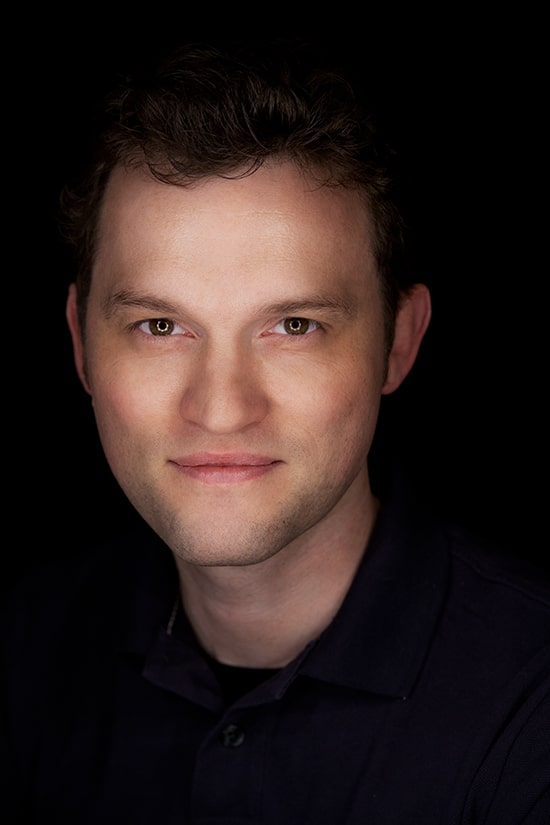
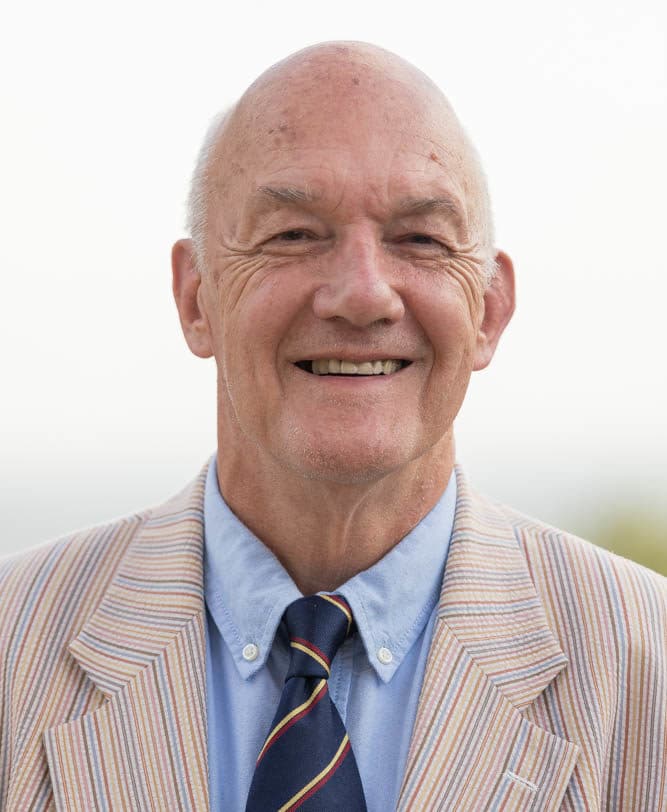
He was uniquely fitted to his task as editor and literary historian. He also had a near-miraculous memory. In my very close study of The History of Middle-earth (mostly seeking evidence to try and supplement his already detailed findings on the chronology of composition), I have found startlingly few instances of oversight or neglect. His restrained and concise commentaries disguise what must have been a vast toll of hours spent establishing a plethora of points of detail, and establishing the overview that allowed him to guide us authoritatively. All this was done without the aid of computers, to which he was temperamentally allergic.
It is an immeasurable boon to his father’s legacy, and to us, that he was was prepared to exercise his energies pursuing the task he took on. Usually it was in the teeth of indifference or outright hostility from reviewers who were entirely out of their depth. And he carried it through not only with skill and insight, but also with humility and tender, often touching, devotion.
I doubt any literary executor has done more to help foster understanding of an author’s work. Christopher has left us with an unparallelled portrait of creativity in process. Long may his work continue to flourish and bear fruit.

From his work as the first approved cartographer of Middle-earth, via his editing of The Silmarillion, Unfinished Tales and the staggering achievement represented by his 12-volume The History of Middle-earth through to his later achievements with publications such as The Children of Húrin, Beren and Luthien and The Fall of Gondolin Christopher secured his father’s reputation as one of the most creative forces in romantic and fantastic fiction.
If J.R.R. Tolkien was the visionary architect of the astonishing literary edifice of which the foundations were The Hobbit and the three volumes of The Lord of the Rings, then Christopher Tolkien was both a tireless and knowledgeable guide and a wise and ever-watchful door-warden to the kingdom.
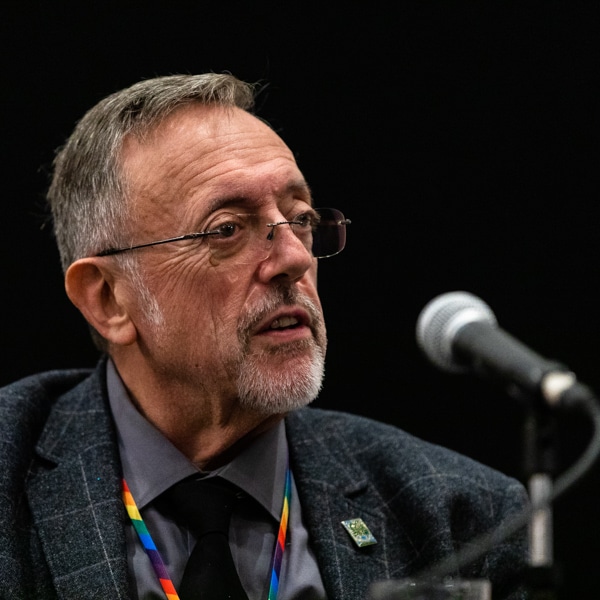

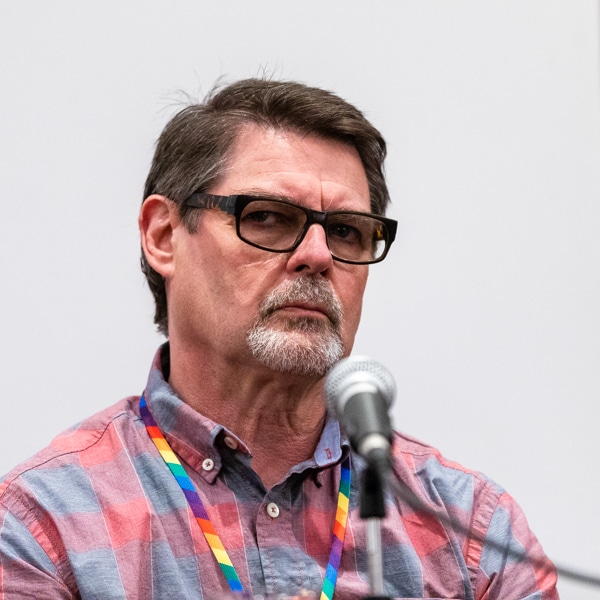
Sources
Carpenter, Humphrey. 2011. J.R.R. Tolkien: A Biography. London: HarperCollins.
http://cw.routledge.com/ref/tolkien/ctolkien.html
Credits
Titelfoto: Credit François Deladerrière – © The Tolkien Estate Limited 2016
Notice: In a previous version of this article we stated that Christopher Tolkien died on January 15th, as was generally assumed at that point of time.

